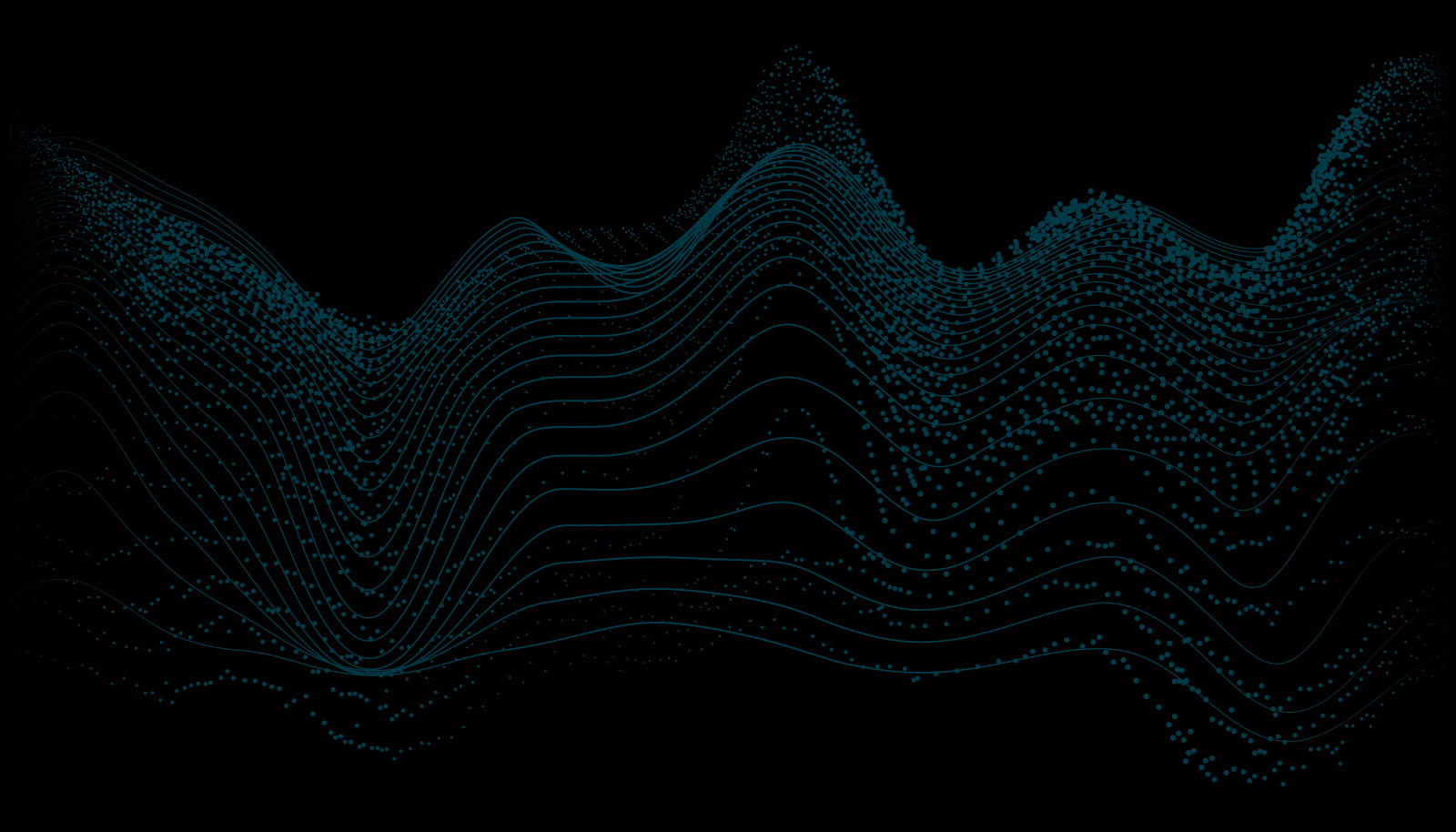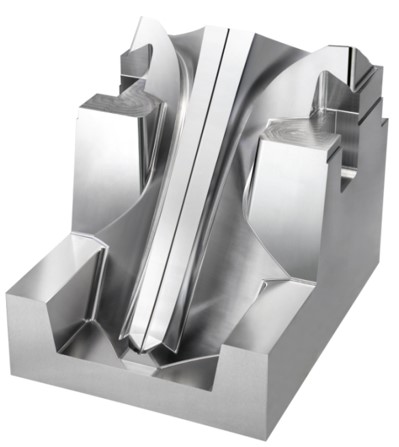
High-quality surface with simultaneous movementThe benefits of 5-axis machining compared to 3-axis are clear. Tools with shorter overhang length bring more stability and you can cut at higher feed rates. Tilting and rotating the part enable the different sides of the workpiece to be cut and machine downtime caused by several clamping operations is reduced. But two additional moving axes can lead to greater failures, which are directly evident in the surface quality. The rigid machine structure of the Makino D800Z with its unique table kinematics and Pro6 control gives you machined parts with high-quality surfaces and eliminates rework or hand polishing after machining. Our sample is as follows:
If we compare to traditional 3 axis processes, with the D800Z we can reduce up to 50% of the machining time . |
 |